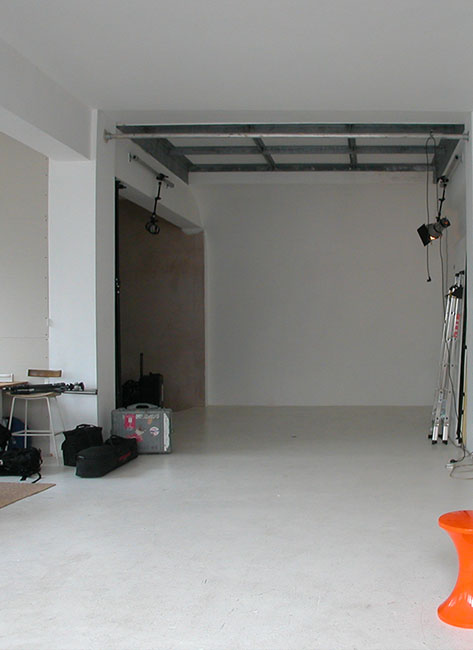The Workhome
An Architecture of Dual Use
Abstract
In 2019 we have a global environmental crisis of catastrophic proportions and, in the UK at least, a rapidly growing population, a chronic shortage of housing and unsustainable pressure on our transport infrastructure. With more women in work than ever before and less welldefined gender roles, there is increased pressure on those in employment with caring responsibilities. At the same time, there is a steady growth in self-employment. This reached four million people, or 15 per cent of the entire workforce, in the UK in 2015. All these factors have contributed to a major upturn in flexible working practices, globally, that has home-based work at its core. They indicate a need to stop commuting and become far more rooted in our neighbourhoods.
In the UK, one in seven people are now in home-based work – twice as many as 15 years ago. This major socioeconomic shift looks set to continue, and there are substantive reasons to embrace it, globally. Home-based work reduces commuting and therefore carbon emissions and pressure on transport infrastructures. By reducing the number of workplaces, it intensifies the use of the overall building stock, liberating redundant workspace for other purposes including, in the UK at least, desperately needed housing.

